12 Foods That Leave You Hungry


Croissants
Flaky, buttery, and perfect with your morning latte. But they score really low on the satiety index, a measure of how well a food satisfies your hunger. There’s not much in them that’s good for you, and they’re loaded with fat and white flour. That gives you more calories without leaving you satisfied. If you want a breakfast that will last you to lunch, a poached egg on whole-grain toast should do the trick.
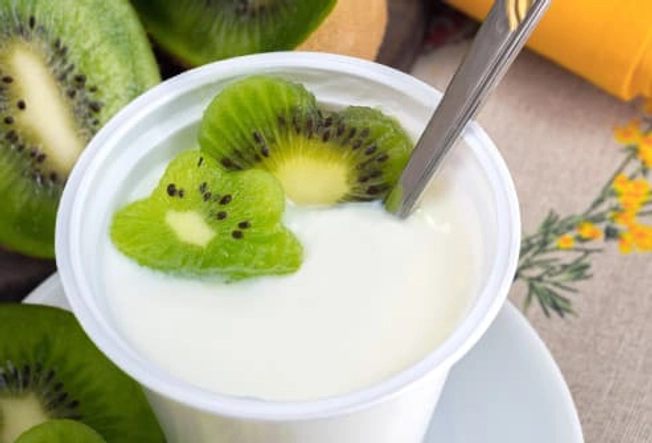
Low-Fat Yogurt
The more you chew a food, the more it satisfies. By that measure, yogurt doesn’t rate well. And the low-fat version often has sweeteners that can spike your blood sugar without the dairy fat that can help you feel full. Try plain, full-fat yogurt with granola, fresh berries, and nuts instead: More fiber, more chewing, and more satisfaction.
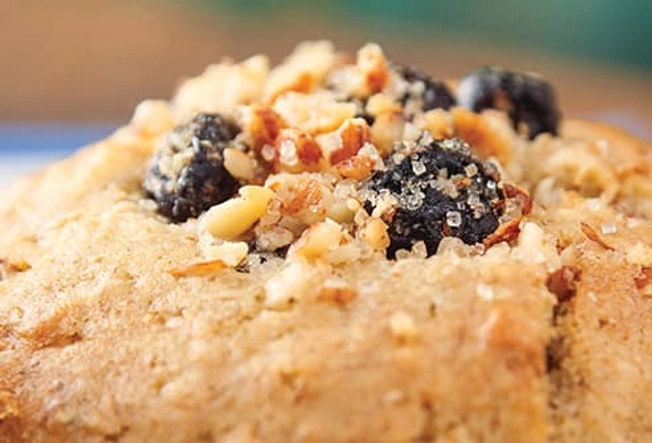
Muffins
Ever wonder about the difference between having a muffin or a piece of cake for breakfast? In terms of nutrition, there isn’t much. They’re both full of refined white flour, sugar, and fat -- a perfect way to pack in the calories without satisfying your hunger. Calling it a muffin doesn’t make it a better morning choice.
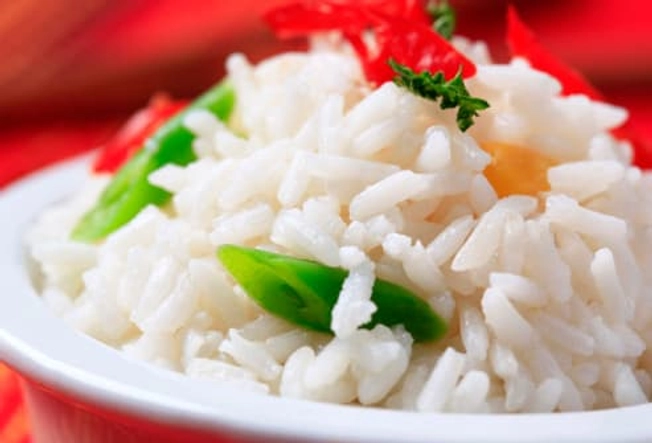
White Rice
It can spike -- and then crash -- your blood sugar, which makes you hungry again. Choose basmati rice or brown rice instead. They aren't as likely to cause that roller coaster reaction. And don’t overcook it.
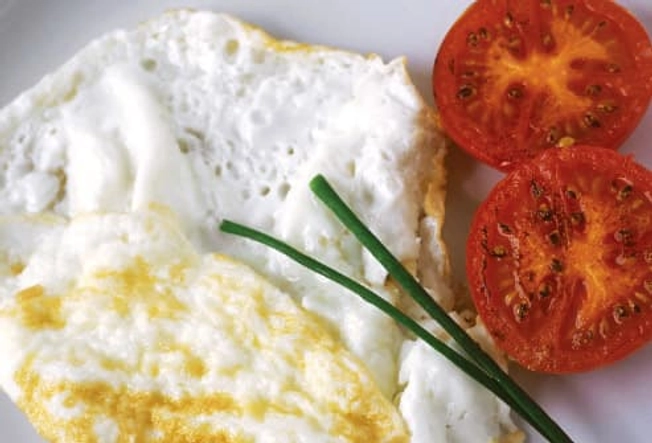
Egg Whites
If you leave out the orange-yellow goodness in the middle of the egg to lose calories, it won’t leave you feeling satisfied. That’s because the yolk is nature’s “complete protein” thanks to amino acids, which your body uses to build cells. And recent research shows that the amount of saturated fat and cholesterol in a whole egg isn’t likely to be bad for you.
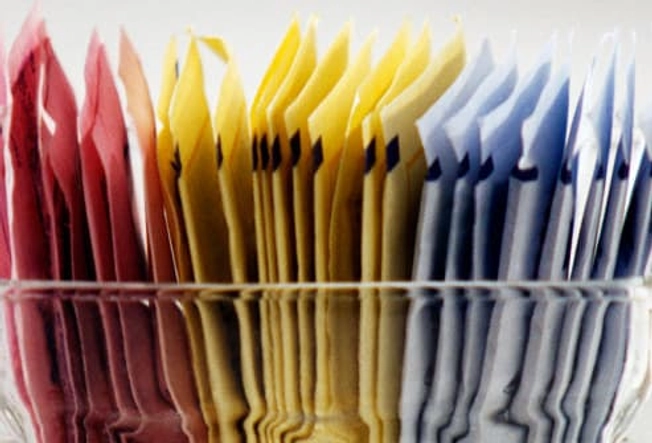
Cereals With Artificial Sweeteners
They lurk in some cereals -- especially the ones labeled “reduced sugar.” Artificially sweetened foods can affect your blood sugar and actually make you hungrier. This may be because when you get the sweet taste without the calories, your body is still looking for those calories.

Fruit Juice
It doesn’t have any of the fiber of the fruit it came from, which is a big reason apples and grapes make you feel full and slow the flow of sugar into your bloodstream. Without fiber, your blood sugar can quickly spike and then crash, and make you hungry.
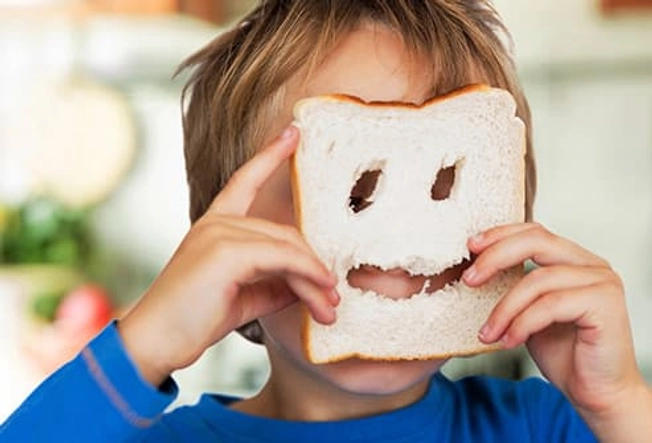
White Bread
It doesn’t have the fiber or nutrients of whole grains that can make you feel full. There’s an easy solution here: Eat whole-grain bread instead. You have a lot of kinds to choose from -- whole wheat, pumpernickel, rye, and even multi-grain. Try a few, and see what works for you.
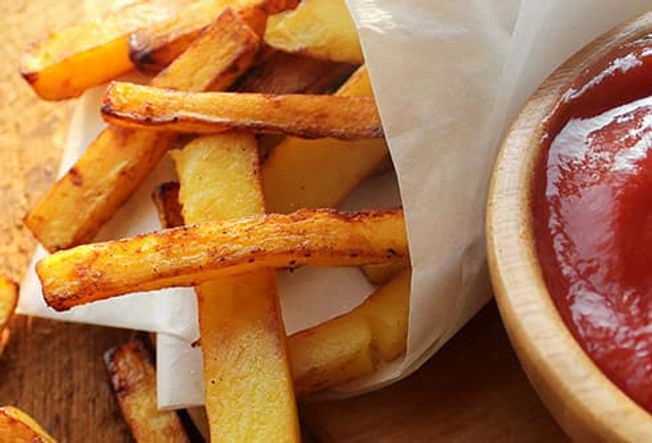
French Fries
It’s a shame really: Bake or boil your potatoes and they’ll satisfy your hunger better than most foods on the planet. But fry them up in oil and cover them in salt, and they lose most of their power. And they typically have more fat and salt than plain potatoes, too.

Alcohol
You have a couple of drinks with friends at the local watering hole, and suddenly it doesn’t seem important to stick to your dinner plan of steamed fish and broccoli. Bring on the burger with extra cheese -- and don’t forget the fries. It’s not just you: Studies show that when you drink alcohol, you’re likely to eat more calories.
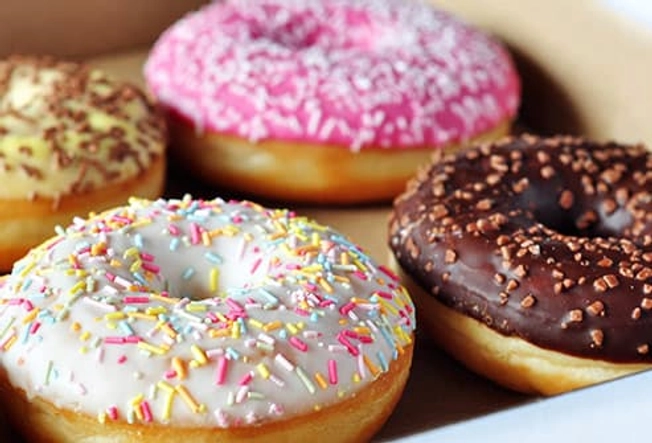
Doughnut
It’s a sugar bomb that piles on the calories without any nutrition. The white flour breaks down quickly into sugar, and the glaze adds more to spike and crash your blood sugar. Combine that with almost zero nutritional value, and you’ll be hungry again in no time.

Soda
The research is clear: People who drink soda get more calories in a day. Scientists think this may be because it makes you hungry or keeps you from feeling full in some way. Another theory is that the sugar in soda makes your sweet tooth even sweeter.